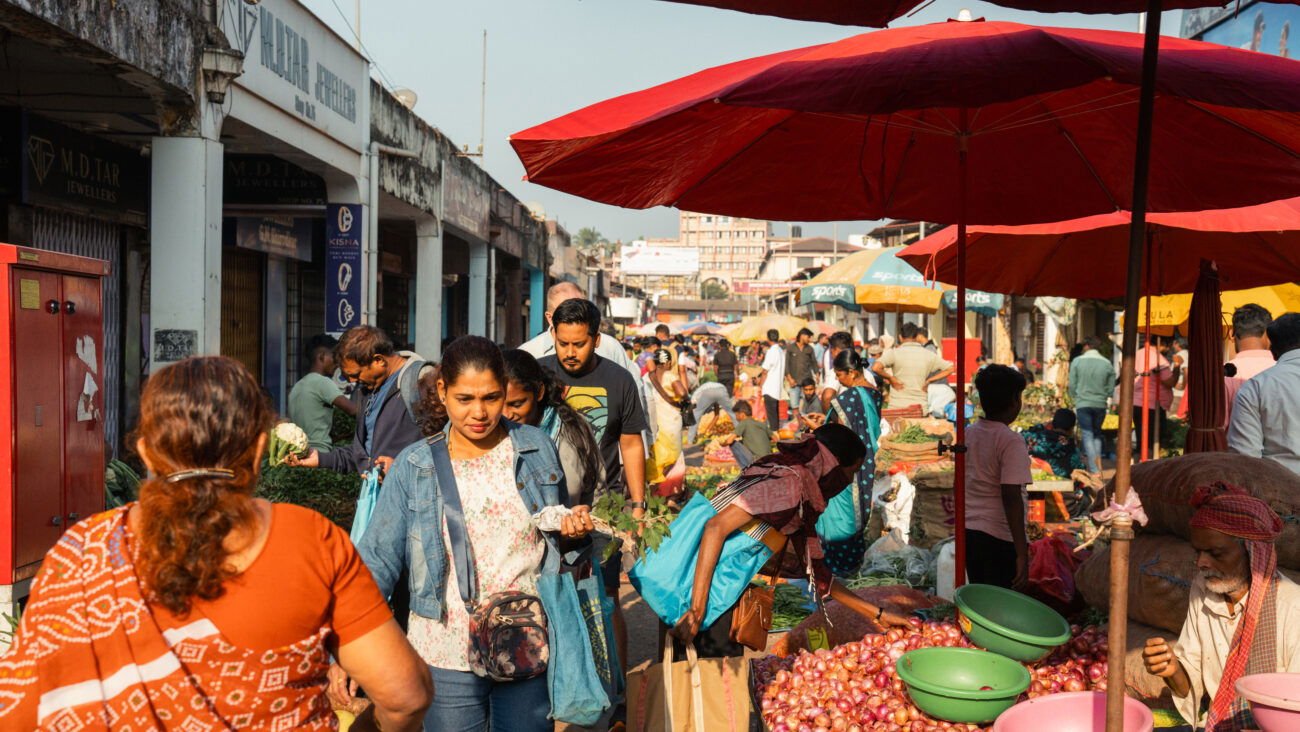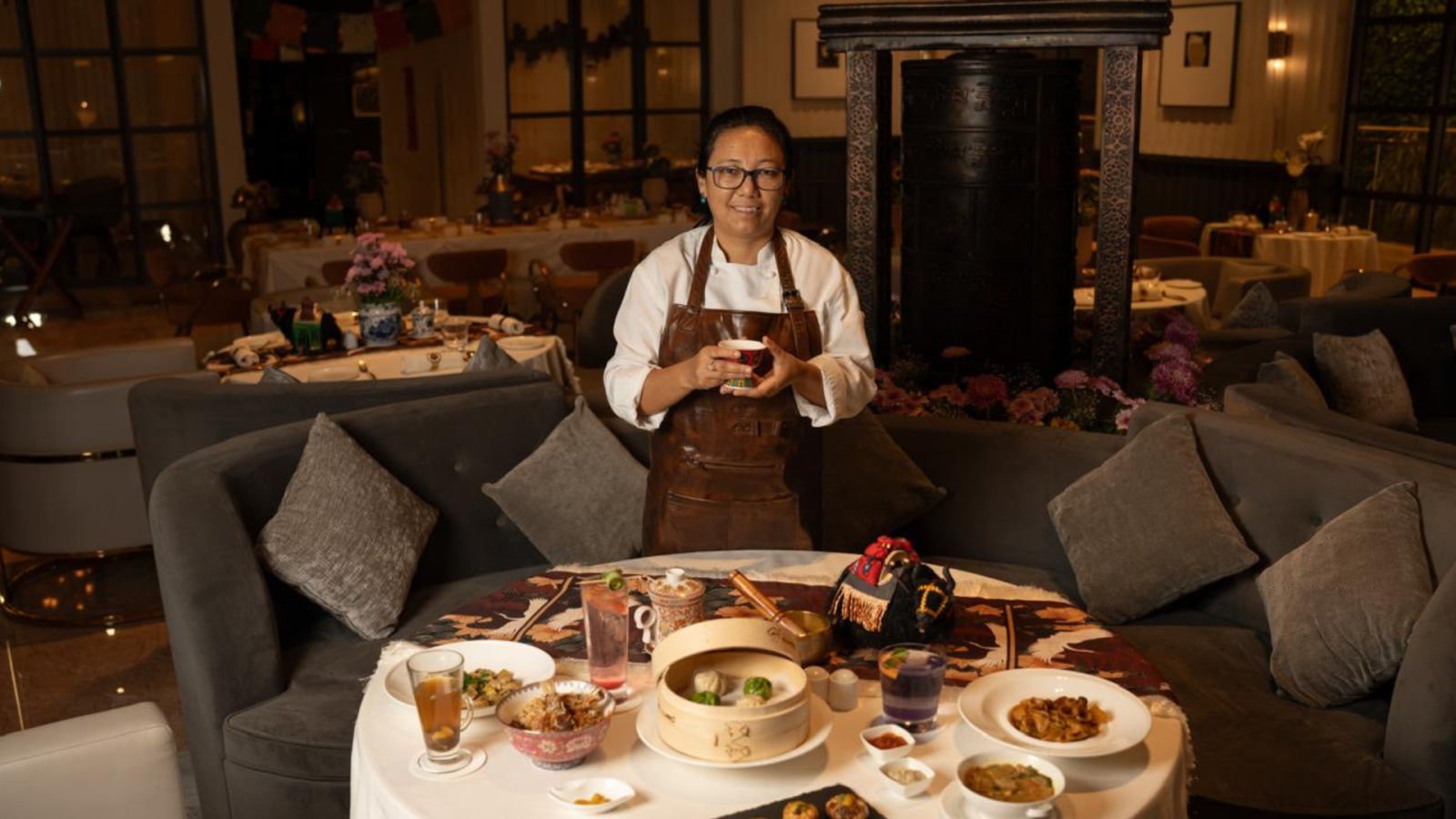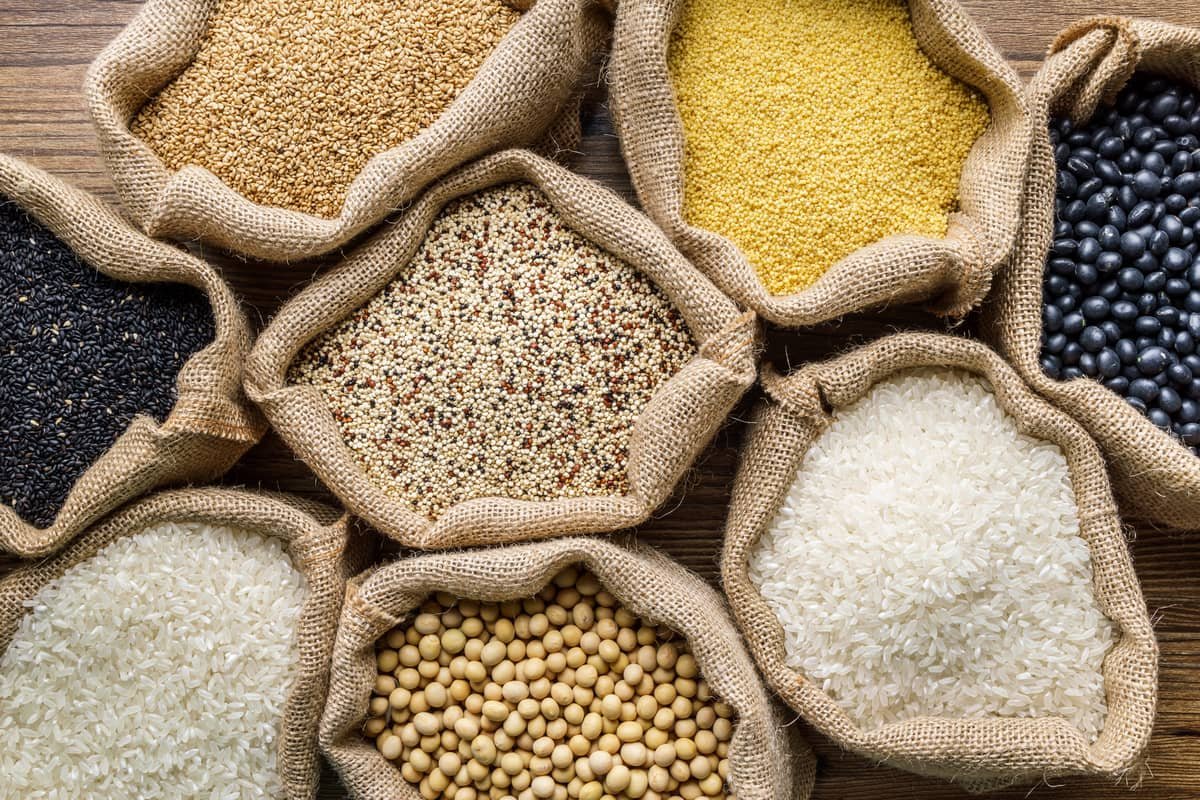In recent years, the world has witnessed a renaissance of sorts in the culinary landscape — one that sees indigenous Indian ingredients and age-old cooking techniques stepping into the spotlight on global platforms. From Michelin-starred restaurants in London to boutique kitchens in Tokyo and New York, chefs are rediscovering the depth, complexity, and sustainability embedded in India’s food heritage. It’s not just about the curry any more — it’s about charcoal-grilled mustard fish from Bengal, Himalayan foraged greens, wood-fire-roasted meats from the Northeast, and millets made cool again.
From the forests of the Northeast to the spice fields of Kerala, India’s culinary landscape is rich with heritage, biodiversity, and flavours. And now, this once-local treasure trove is being celebrated on a global stage. Chefs, mixologists, and restaurateurs worldwide are not only using indigenous Indian ingredients but also reviving traditional cooking methods, giving them a place of prestige on international platforms. A deep dive…..
Indigenous Indian Ingredients on the Global Plate
India’s food culture is deeply rooted in local produce — often wild, seasonal, and medicinal. Today, the culinary world is embracing these ingredients for their nutritional value, flavour complexity, and cultural richness. Here are some of the most popular indigenous ingredients making waves globally:
Millets, long considered “poor man’s grain”, are enjoying a global resurgence. The UN declared 2023 as the International Year of Millets, and chefs like Rohit Ghai (of London’s Kutir and Manthan fame) are featuring dishes like millet khichdi with truffle oil and foxtail millet upma on refined tasting menus.
Jackfruit, often dubbed as a meat alternative, has become a darling of the plant-based movement. While traditionally cooked as kathal ki biryani or dry sabzi in Indian households, jackfruit tacos and BBQ-style pulled jackfruit are now found in global chains like Wagamama and even Whole Foods pre-packaged meals.
Indigenous Chillies: From bhoot jholokia to guntur, a variety of Indian chillies have made a mark on global menus. A promising example would be the use of Naga chillies at Tabla by Chef Floyd Cardoz and in chutneys at Dhamaka, New York.
Mahua: Another widely used indigenous staple, the mahua flower as well as mahua extract have found their way into menus such as in Ekaa, Mumbai, which uses it to flavour pork belly and desserts.
From Kalari to Churpi, and Kalimpong, India boasts of native varieties of cheeses and chefs have now started popularising them in gourmet dishes. Indian cheesemakers such as Kumaoni Blessings have been popularised by celebrated chefs including Gary Mehigan of MasterChef Australia fame.
Kokum, a souring agent from the Konkan belt, is increasingly being used in wellness drinks and cocktail infusions across upscale bars from Melbourne to Miami. The ingredient’s antioxidant properties and tangy punch have caught the attention of beverage curators like Alex Kratena in Europe, who incorporated kokum shrub into one of his tropical-inspired menus.
A Return to Roots: Traditional Cooking Techniques
Alongside the rise of ingredients is the rebirth of long-forgotten traditional cooking techniques. Indian cooking, often described as complex and laborious, is being re-examined with reverence by chefs and food historians all over the world. The return to slow-cooking, wood-fire, fermentation, and earthenware cooking reflects a global yearning for authenticity.
The Dum Pukht style — slow cooking in a sealed pot — has made its way into fine-dining kitchens from Dubai to Paris. At Trèsind Studio in Dubai (Michelin-starred), Chef Himanshu Saini reinterprets classic Indian dishes using traditional methods like dum to extract deep, soulful flavours. His version of lamb nihari cooked over 12 hours is a masterclass in patience and technique.
The bhuna, dhungar (coal smoking), and tandoori techniques are being reappropriated beyond Indian restaurants. Asma Khan, owner of London’s Darjeeling Express, often demonstrates the traditional use of smoking a dish with a coal and ghee to infuse richness — a method being embraced by food stylists and chefs worldwide for its dramatic flair and depth of aroma.
India’s nuanced approach to fermentation — from idli-dosa batter to rice kanji and achaar — is finally being understood as a sophisticated form of food science. Chefs like David Zilber (former head of fermentation at NOMA, Copenhagen) have referenced Indian pickling and fermentation techniques in his work, acknowledging their precision and diversity.
In New York, Semma, helmed by Chef Vishwesh Bhatt and backed by the team behind Michelin-starred Dhamaka, serves regional Indian fare from Tamil Nadu — all cooked in traditional clay pots. Their goat curry, simmered in earthenware, delivers an earthy depth that steel just can’t match.
Meanwhile, banana-leaf grilling — a staple in Kerala, Tamil Nadu and even Bengal (don’t forget the bhetki paturi!) — is now a theatrical and eco-friendly cooking style found in Thai-Indian fusion eateries in Sydney and LA, as well as London.
Restaurants harnessing Indian heritage:
Semma, New York City
Semma in NYC has redefined Indian cuisine in America by boldly spotlighting hyper-regional, home-style dishes from South India that are rarely seen on Western menus. Led by Chef Vijay Kumar and backed by the Unapologetic Foods group, the restaurant dives deep into the culinary traditions of Tamil Nadu, offering rustic, ancestral recipes like Nathai Pirattal (snail curry) and Venison Sukka. Its unapologetic celebration of authenticity — without diluting spice or storytelling — has earned Semma a Michelin star and positioned it as a cultural force changing the narrative of Indian food in the US.
Snail Curry at Semma, NYC
TresInd, Dubai
TresInd has pioneered a progressive Indian fine-dining movement in Dubai, fusing avant-garde techniques with deeply rooted Indian flavours. Helmed by Chef Himanshu Saini, the restaurant brings molecular gastronomy and modern plating into play while staying true to traditional ingredients and stories. Dishes like the deconstructed pani puri or khichdi of India pay homage to regional classics in a new-age format, making TresInd a trailblazer in elevating Indian food to haute cuisine status in the Middle East.
A5 Wagyu striploin prepared like the classic Pathar Kebab at TresInd, Dubai
Benares, London
Opened by acclaimed chef Atul Kochhar, Benares was one of the first Indian restaurants in the UK to receive a Michelin star, signaling a shift in how Indian cuisine was perceived in the UK. Nestled in the upscale Mayfair district, Benares champions a refined interpretation of regional Indian flavours, marrying them with British ingredients in elegant, globally-influenced dishes. Through its thoughtful menus and stylish presentation, Benares has been instrumental in placing Indian food firmly on the fine-dining map of London, moving it beyond curry-house clichés to culinary prestige.
Murg Jhol Momo served with Foie Gras at Benares, London
Avatara, Dubai
Avatara holds the distinction of being the first and only fully vegetarian Indian fine-dining restaurant in Dubai to receive a Michelin star. Created by the team behind TresInd, it reimagines India’s spiritual and culinary vegetarian roots through a multi-course tasting menu that is both seasonal and deeply philosophical. Chef Rahul Rana leads a kitchen that honors forgotten grains, temple foods, and Ayurveda-inspired techniques, presenting a narrative that shifts the focus from indulgence to introspection while showcasing the diversity of India’s plant-based traditions.
Klaayah, a melange of Bengali green pea luchi with shisho leaves, creamy green pea chokha and mustard-carrot jhol with a touch of green caviar at Avatara, Dubai
Enter Via Laundry is one of Melbourne’s most exciting and intimate dining experiences, founded by Chef Helly Raichura. What began as a private supper club hosted in her home has evolved into a refined restaurant celebrating regional Indian flavours through a carefully curated degustation menu. Located in Fitzroy North, the space retains its personal, almost clandestine charm — true to its name, guests literally enter through the laundry. The multi-course meals take diners on a journey across India’s diverse culinary landscape, featuring lesser-known ingredients and techniques rarely seen in mainstream Indian cuisine. With only a handful of seats available per night, Enter Via Laundry offers not just a meal, but a cultural narrative plated with precision and heart.
Kerala-style appetisers at Enter Via Laundry, Melbourne
Chourangi in London brings the bold, aromatic flavours of Calcutta to the heart of Marylebone, offering a refined and soulful take on Eastern India’s rich and diverse culinary heritage. Co-founded by celebrated restaurateur Anjan Chatterjee, the restaurant captures the spirit of Calcutta — a city known for its layered cultural influences — through a menu that draws inspiration from British, Mughlai, Bengali, and even Chinese cuisines. Dishes are crafted with over 300 spices and ingredients, showcasing everything from tangy street-style chaats and delicate seafood to robust slow-cooked meats and fragrant rice preparations. Set in a warm, stylish space with colonial-era touches, Chourangi blends nostalgia with modern finesse, introducing London diners to a lesser-explored side of Indian cuisine.
A Bengali classic, the Daab Chingri at Chourangi, London
A Culinary Identity Reclaimed
The rise of indigenous Indian ingredients and traditional cooking techniques on global platforms is more than a food trend — it’s a cultural reclaiming. For years, Indian food abroad was simplified, Anglicised, or relegated to takeaways. Today, it’s being elevated with nuance and integrity.
Chefs like Garima Arora, Prateek Sadhu, Asma Khan, Sujan Sarkar, and Chintan Pandya are unapologetically showcasing India’s diversity — not just through ‘classic dishes’ but through ancient methods, foraged ingredients, and tribal wisdom. It’s a movement rooted in pride. A movement that understands that the future of food may well lie in the past.
Chef Prateek Sadhu (left) of Naar and Chef Manish Mehrotra, known as the man behind Indian Accent and Comorin, both have been the champions of Indian ingredients as well as techniques. While Mehrotra put Indian dishes on the world map, Sadhu, on the other hand, is on a quest for bringing Himalayan biodiversity to the plate, Sadhu sources rare ingredients like sea buckthorn, black garlic from Ladakh, and local grains. His work emphasises sustainability and terroir.
Vikas Khanna has long been a torchbearer of India’s culinary arts, and through his international ventures, he’s brought temple cuisine, ancient grains, and tribal recipes into Michelin arenas with Junoon in New York and now the recently opened Bungalow in New York as well.
Garima Arora, India’s first female Michelin-starred chef, continues to bring techniques like open fire-roasting and fermentation to the fore at Gaa in Bangkok.
Chintan Pandya, whose restaurants Dhamaka, Adda, and Rowdy Rooster in New York have received immense acclaim, is unafraid to serve bold, unapologetically spicy Indian food — including items like goat kidney and liver fry, or Champaran mutton cooked in sealed clay pots.
Asma Khan is making Calcutta and her culinary roots from Awadh shine with her celebrity and even royalty-acclaimed spot Darjeeling Express in London. Her all-women kitchen is popular for dishes like the Calcutta-style dum biryani that masters the art of dum and slow cooking.
Pictures: Instagram and iStock
























